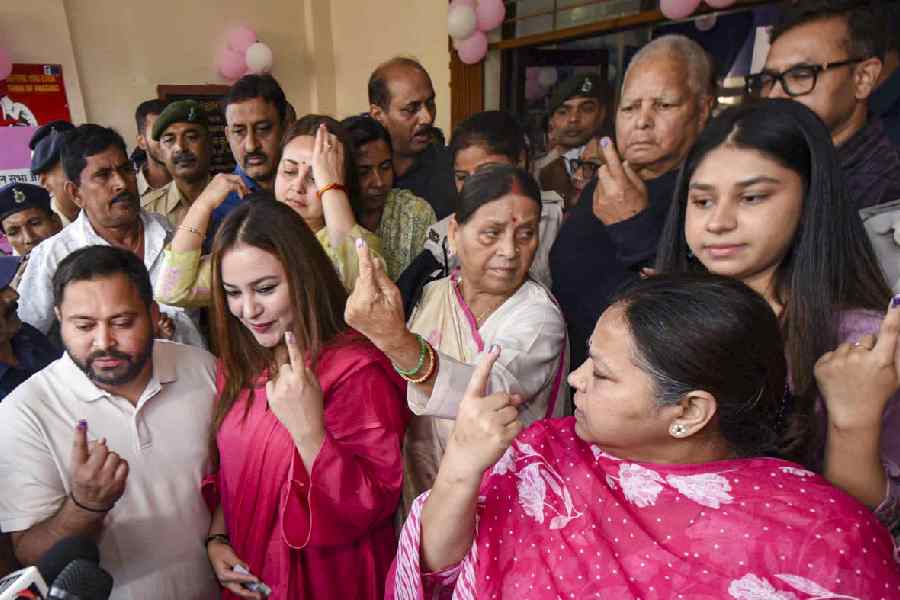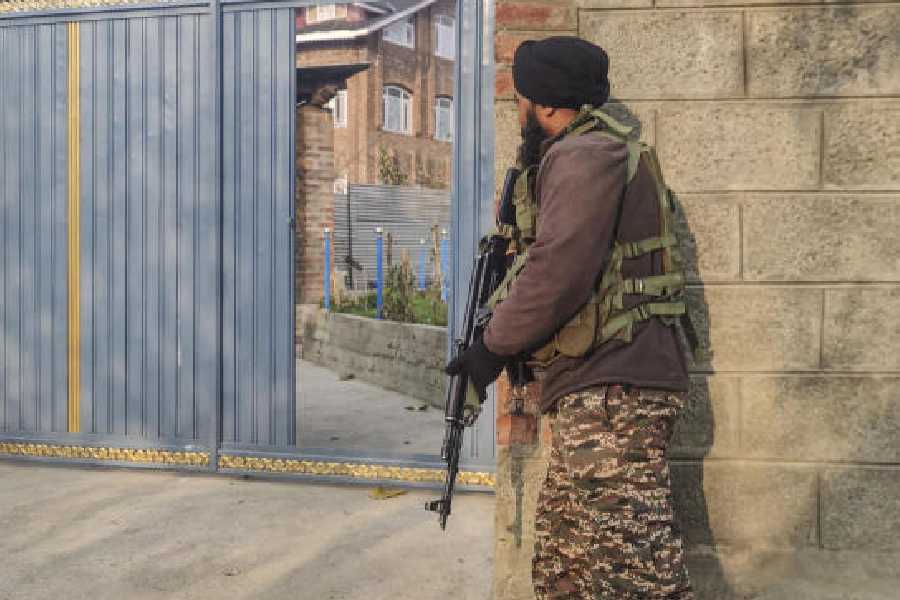At a time when global health challenges usually revolve around emerging viruses, an old spectre — tuberculosis — continues to haunt India. India’s ambition to eliminate tuberculosis by 2025 is laudable. But the reality tells a different story. An evaluation of the Central Tuberculosis Division’s active case finding programme, which entails a nationwide door-to-door survey, has revealed that structural weaknesses continue to persist. Fewer than 8% of high-risk individuals have been screened across 30 districts. This is far below the intended target of 90%. Worse, among the 7.8 million people at high risk, only 11,357 presumed cases were identified. Of these, 7,527 or 66% underwent sputum testing, short of the 95% benchmark. The programme has failed to meet four of its six performance benchmarks. Furthermore, India had some 5,00,000 cases of hidden patients — a fifth of the global 2.4 million cases — in 2022. This is all the more alarming when placed against the findings of the recent Global Tuberculosis Report 2025, which reveals that India recorded around 27.1 lakh cases and over three lakh deaths in 2024. The other findings are equally illuminating. Even though treatment coverage has improved — reaching 92% in 2024, helped by newer regimens like BPaLM for drug-resistant tuberculosis — the rates of decline in new cases (21%) and deaths (28%) since 2015 fall woefully short of the World Health Organization’s End TB Strategy milestones for 2025 which are 50% and 75%, respectively. India still accounts for nearly a quarter of the global burden of this particular disease. On joining the dots, it is evident that India is not just one of many affected nations but a critical battleground in the global fight against TB.
Why has India’s TB management faltered? The ACF programme highlights shortcomings in recruitment, staff training, and follow-through: only two-thirds of screened presumptive cases received sputum tests, and the positivity rate was much lower than expected. Vulnerable populations — the poor, undernourished, elderly, people with comorbidities like diabetes — remain disproportionately afflicted. The potential of newer regimens — like the BPaLM therapy, which shortens treatment for drug-resistant TB — must be leveraged fully along with doubling down on ACF, investing in community outreach, combating stigma, and leveraging innovations like Artificial Intelligence-enabled screening. Only with such commitments can the goal of a TB-free India move from aspiration to reality.










